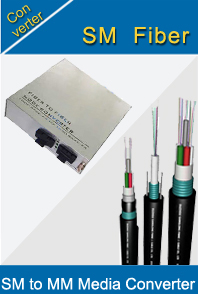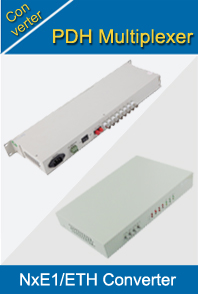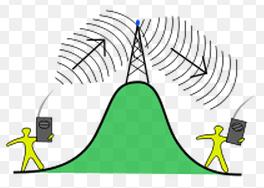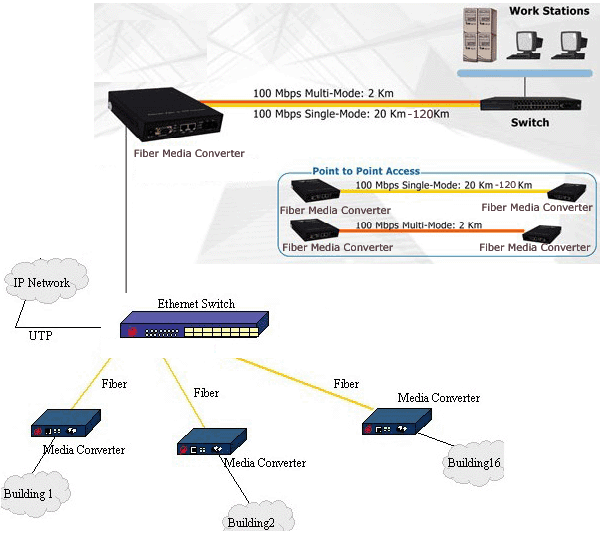-

- Sopto Home
-

- Special Topic
-

- Converter Knowledge
-

- Media Converters and Repeaters
Converter Knowledge
- Form Factors and Application of Ethernet Media Converter
- Ethernet over 4 E1 Converter Brief Introduction
- What is the Difference between RS232 and RS485 Serial Interfaces
- What is the Difference between RS232 and RS485 Serial Interfaces
- How to Convert an Analog Telephone to VoIP Protocol?
- How to Find the Internet Protocol Address and Media Access Contr
- How to Convert from Fast Ethernet to Fiber Optics?
- How to Connect a Fiber Converter?
- How to Convert Ethernet to Fiber Media Converters?
SOPTO Special Topic
Certificate



Guarantee
Except products belongs to Bargain Shop section, all products are warranted by SOPTO only to purchasers for resale or for use in business or original equipment manufacturer, against defects in workmanship or materials under normal use (consumables, normal tear and wear excluded) for one year after date of purchase from SOPTO, unless otherwise stated...
Return Policies
Defective products will be accepted for exchange, at our discretion, within 14 days from receipt. Buyer might be requested to return the defective products to SOPTO for verification or authorized service location, as SOPTO designated, shipping costs prepaid. .....
Applications
An Ethernet to Fiber Media Converter can also be used where there is high level of electromagnetic interference or EMI which is a common phenomenon found in industrial plants. This interference can cause corruption of data over copper-based ethernet links. Data transmitted over fiber optic cable however is completely immune to this type of noise. An Ethernet to Fiber Optic Converter therefore enables you to inter-connect your copper-ethernet devices over fiber ensuring optimal data transmission across the plant floor.
SOPTO Products
- Fiber Optic Transceiver Module
- High Speed Cable
- Fiber Optical Cable
- Fiber Optical Patch Cords
- Splitter CWDM DWDM
- PON Solution
- FTTH Box ODF Closure
- PCI-E Network Card
- Network Cables
- Fiber Optical Adapter
- Fiber Optical Attenuator
- Fiber Media Converter
- PDH Multiplexers
- Protocol Converter
- Digital Video Multiplexer
- Fiber Optical Tools
- Compatible
Related Products
Performance Feature
Converter Knowledge
Recommended


Media Converters and Repeaters
Media converters normally operate in the Layer 1 and Layer 2 area of the OSI model. What they do is that they take the electrical signals from one physical media and converts them to another physical media. One example is a RS-232 <-> RS-422 converter that re-formats the electrical signals between these two networks. Another example is an Ethernet 100Mbit CAT5 Cable <->100Mbit Fiber converter.
Media converters are very useful in Industrial applications when going from one physical media to another, but they just re-format the signals, they do not provide any additional value to the application.

What is Repeater
As signals travel along a network cable, they degrade and become distorted in a process that is called attenuation. If a cable is long enough, the attenuation will finally make a signal unrecognizable. A Repeater enables signals to travel further. It works at the OSI's Physical layer to regenerate the network signal and then it resends the signal on other segments.
Repeaters are basically used to allow longer distances between the nodes on the network. The repeater takes a weak electrical signal from one segment, regenerates it, and passes it to the next segment. Repeaters do not translate or filter anything. For a repeater to work, both segments that the repeater joins must have the same access method.
For example, a repeater cannot connect a segment using CSMA/CD (Ethernet) to a segment using Token Passing.
Related Knowledge:
SFP to SFP Fiber Media Converter
Multi-port UTP Media Converter
Media converter Internal Composition
Common Media Converter Rack Chassis
Common Problem of Fiber Media Converter




